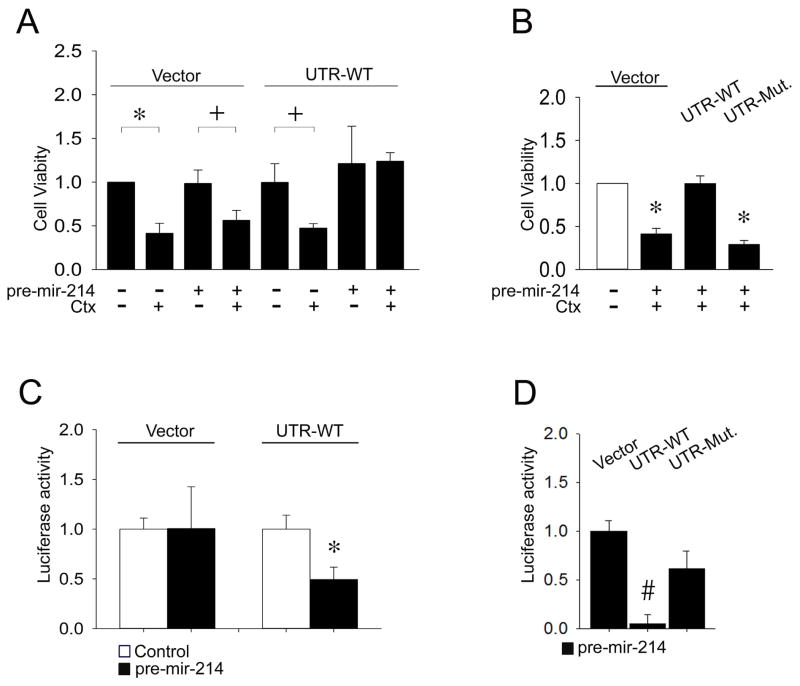Fig. 3. Identification of CCN2 3′-UTR as a direct target of miR-214.
(A) P6 mouse HSC were transfected with parental Fire-Ctx (“Vector”) or Fire-Ctx containing wild-type mouse CCN2 3′-UTR (“UTR-WT”). Some cells were co-transfected with pre-mir-214 and/or treated with CTX. Cell viability, assessed by fluorescence of cell lysates at 480nm/520nm, was determined on Day 4 with CytoSelect™ (n=4 independent experiments performed in triplicate, *P <0.001, +P <0.05 vs. no CTX treatment). (B) P6 HSC were treated and assayed as in (A) except that some cultures were transfected with Fire-Ctx containing a CCN2 3′-UTR with a substitution mutation in the miR-214 binding site (“UTR-Mut.”). (n=4 independent experiments performed in triplicate, *P <0.001 vs. no CTX treatment). (C,D) P6 HSC were treated as in (B) and the activities of the dual luciferase reporters in the Fire-Ctx plasmids were measured 36 hrs after transfection. Firefly luciferase activity in cell lysates was normalized to that of Renilla luciferase (n=4 independent experiments performed in triplicate, *P <0.001 vs. no pre-mir-214 transfection, #P <0.001 vs. vector).

